The Urban Kiln Tea-riffic Tea Party and the History of Victorian Afternoon Tea
- theurbankiln

- May 25, 2021
- 5 min read
Updated: Jun 3, 2021
This year The Urban Kiln hosted a lovely Afternoon tea party for some of my friends who had endorsed the brand in the previous year. I have always been a huge admirer of the British Afternoon High Tea where the table is set up in such a pretty way with the finest china and porcelain and topped with rich cakes and pastries such as scones, tarts, biscuits as well as savories like mini sandwiches, puffs and other assortments. The entire thought of presenting The Urban Kiln ceramics with delicious goodies and entertaining my girlfriends was an irresistible idea. I was also intrigued by the history of High tea and wanted to share it with everyone!
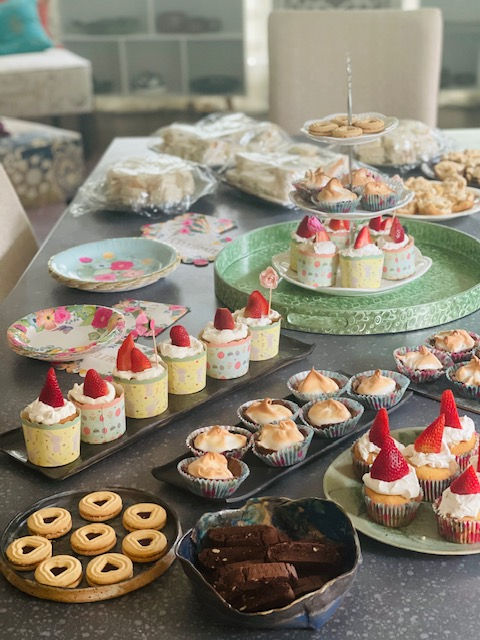
The Origins of British Afternoon tea
It’s the seventh Duchess of Bedford, Anna Maria Russell, who we have to thank for the invention of afternoon tea, sometime around 1840. Due to increasing urbanization and the rise in industrialization (including the spread of gas lighting in England), the evening meal was becoming later and later. Whereas in rural farming communities the day had an early start and finished when the sun went down, wealthier classes, unhindered by such practicalities, were now having dinner closer to 9pm – with lunch many hours earlier at midday.
The Duchess of Bedford, who was one of Queen Victoria’s ladies-in-waiting, was having none of it. Describing a ‘sinking feeling’ at about 5pm, she became despondent at the void between lunch and dinner. She requested that some tea, bread and butter and cake was brought to her room in the late afternoon – and with that one request of a lady’s grumbling stomach, an afternoon ritual was born. Needing very little prompting to find an occasion to squeeze in another cup of tea and a piece of cake, the upper classes ate it up and the fashionable custom soon spread across Britain.
Whether you prefer English Breakfast Tea, Earl Grey or Oolong, tea is a fundamental component of afternoon tea. British tea-drinking pre-dates the introduction of afternoon tea by a couple of hundred years, having first been popularized in England by King Charles II and his Portuguese wife, Catherine de Braganza, in the 1600s. The initial imports of tea were costly and heavily taxed, procured through the East India Company who maintained a monopoly of the trade, meaning that only the very wealthy could afford it. However, even with a shocking import tax of 119%, by the 18th century, tea drinking had risen by more than a quarter, prompting pressure on the government to reduce tax on it to 12.5%, removing the need for the black market and encouraging the populace to replace gin with tea as the go-to breakfast drink!
Journey from China to India
Throughout the Georgian Era the majority of England’s tea was coming from China (via the East India Company), however in the 1830s the first tea estates were established in the north eastern Indian state of Assam. These vast plantations were part of the British colonization of India and Sri Lanka, with teas like Darjeeling and Ceylon ending the British Empire’s dependence on Chinese imports. This was a shift of power that goes far beyond a single foodstuff and into much wider debates into commodities, colonization and power. Some say the British Empire was built on tea and tea fuels England even today.
Porcelain - The Material Culture of Tea
By the Victorian era (1837–1901), tea drinking had become heavily engrained in the English home. It was a beverage enjoyed by all echelons of society, however, one way in which the tea experience differed was in the material culture of the table. Tea drinking for the wealthy came with a whole host of accessories – fine porcelain teacups, bowls and saucers, decorative teapots, mahogany tea caddies, silver tea urns, exquisite table linens and personalized tea blends. For them, the afternoon tea table was one of great opulence and refinement, a place to express your identity, interests and taste.
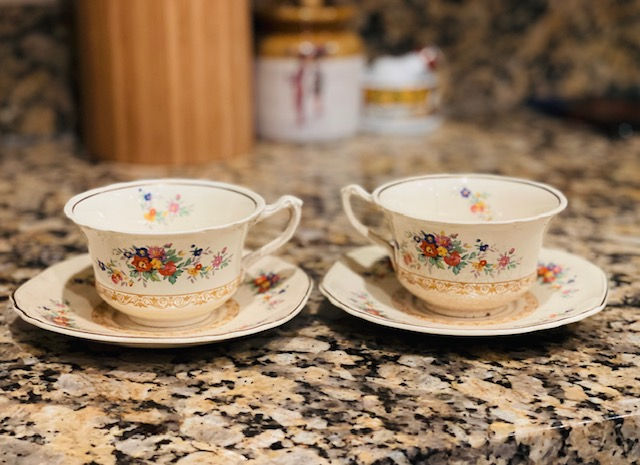
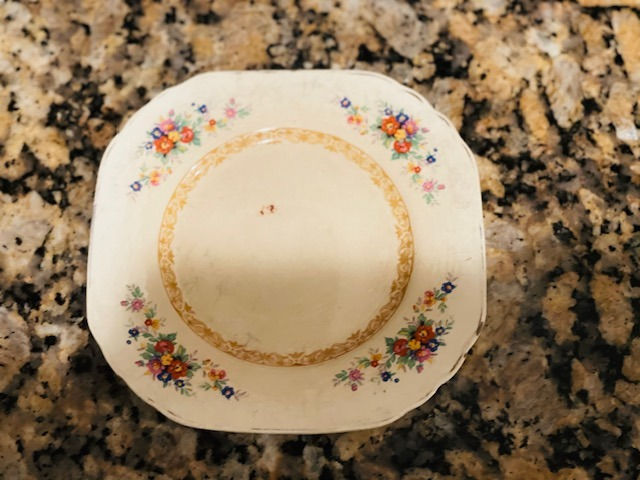
Milk – Goes in first or second?
There are two types of people in the world: those who put the milk in first, and those who begin with the tea and add the milk second. While I am definitely in the latter category (like any rational human), in previous centuries adding the milk first had a practical function. The fine porcelain cups and tea bowls of18thand19th-century England needed the cool milk added first to prevent them from shattering from the sudden heat of the tea. Nowadays however, I think our heavy-set mugs can take it!
Tea, coffee and freedom
Fragile teacups aside, I believe that Victorian afternoon tea could be considered a radical feminist act. While coffee occupied a more masculine external world in 19th-century London, the interior realms of tea were a more feminine affair. Afternoon tea allowed women to entertain mixed company at home without their husbands and was therefore liberating, both socially and practically. This freedom continued into the dresses they were wearing, which were designed to be worn indoors, in the intimate company of friends and family and away from the public eye. As a result, they used less boning to hold their shape and were made of light, flowing fabrics. Free from some of the Victorian era’s performative and literal corsetry, afternoon tea was a place where women took center stage and were able to exchange ideas, opinions and a healthy dose of gossip.
Types of tea
Today when we think of afternoon tea we are likely think of upscale hotels and restaurants, special occasions and a seated affair. However, what we imagine as a classic afternoon tea is really an amalgamation of a multitude of Victorian customs. The Victorians had a number of versions of ‘tea’; they had ‘at-home’ teas, which were often a riotous, standing-room only affair.
However, the ‘at-home tea’ could also be performed as a ‘simple tea’ with a modest menu and only family for company. Which brings me on to ‘family teas’, which acted as a sort of evening meal in more middle-class households, but was also in the afternoon, meaning you could still refer to it as an ‘afternoon tea’. Conversely some refer to this as ‘high tea’ and that could be formal or informal. In this and many ways afternoon tea is a moveable feast, it’s a social act, full of ritual and performance, but one that changed across class and county lines. (We better not get started on the whole debate about cream or jam first on scones!) Nevertheless, the unifying customs are that there should be sweets and savouries, tea and pleasantries.
My experiments with the Victorian menu
I was all excited to bake and make every single pastry and sandwich for The Urban Kiln Tea Party. I came up with an extensive menu so that I felt satisfied that I had covered all my bases.
Mini Tzatziki cucumber sandwiches, Cream of Chicken sandwiches, Chicken with Béchamel sauce Pastry Puffs, Mushroom in White Sauce pastry Puffs were my savories! My sweet tooth runs far beyond my savory, so I had to set the bar very high. I baked 2 dozen lemon meringues tartlets and 3 dozen Strawberry Shortcake Cupcakes with a jam filling and topped with whipped cream and fresh strawberries. Even in the Victorian Era, cucumber sandwiches were on the afternoon tea menu. In fact, most of us would recognize the 19th-century afternoon tea as something similar to what we have today – finger sandwiches with assorted fillings, savory tarts and pastries, a variety of fancy cakes, scones and tea.We had a variety of Tea from Lemongrass to Ginger which were made with milk and the other Herbal and Green Teas for the non-milk kind.
Everything was served in The Urban Kiln ceramic Tea Cups and ceramic plates. It certainly was an afternoon to remember with all my girlfriends in floral spring dresses, chatting away and catching up over several cups of tea till late in the evening. The Urban Kiln will continue its High Tea tradition every year to celebrate friends, tea and pottery.
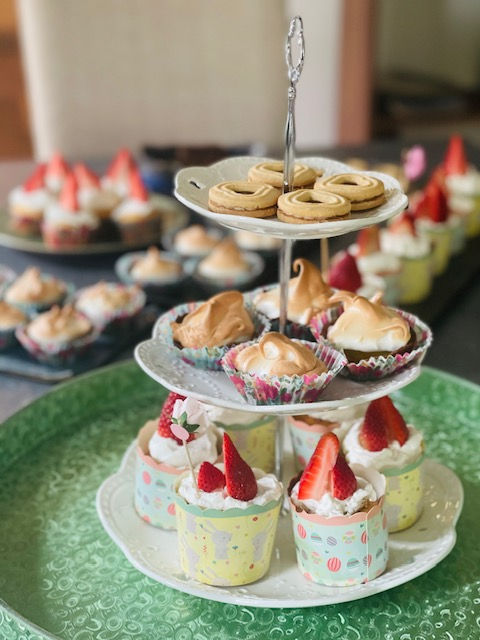
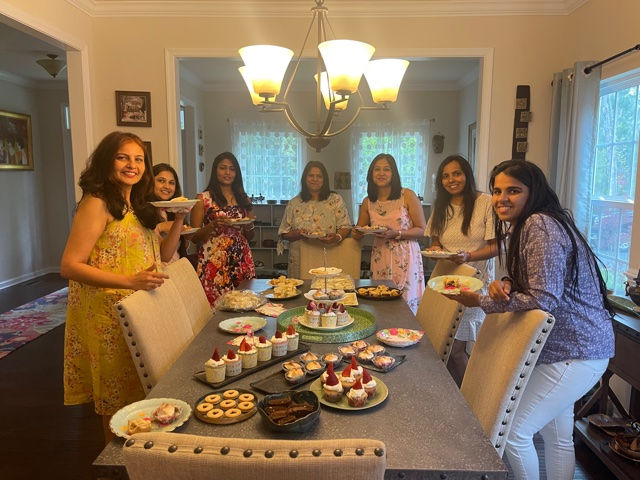

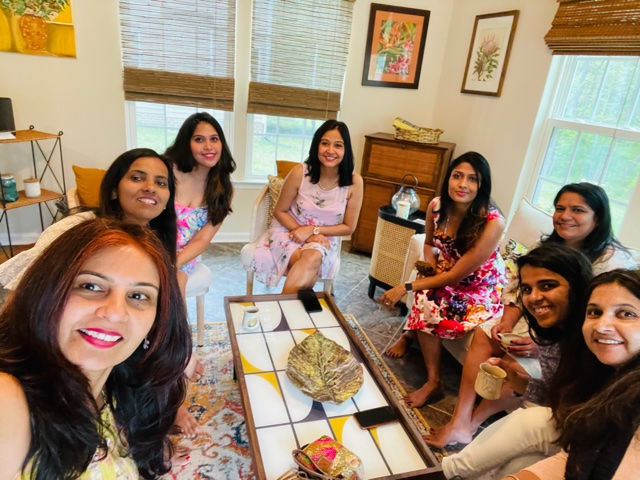
Shop our stunning tea sets and have your own Afternoon Tea party!



love ❤️ the collection From the urbankiln.